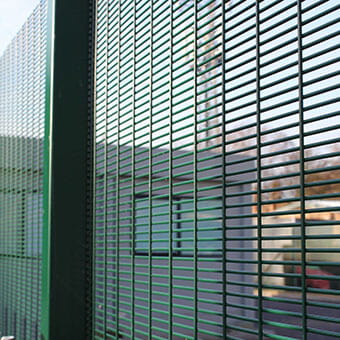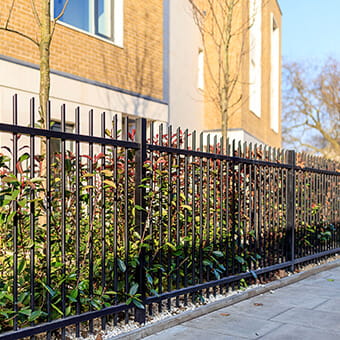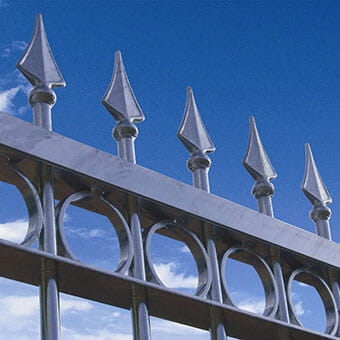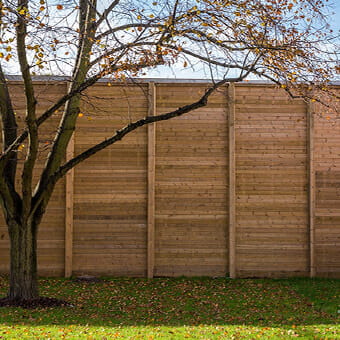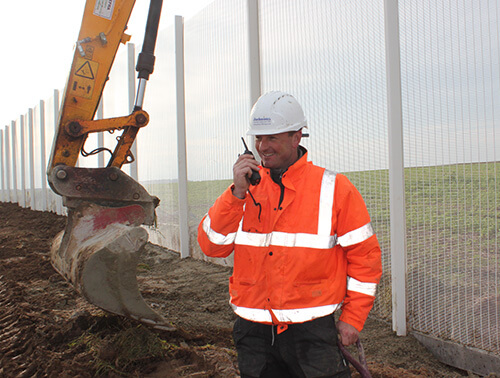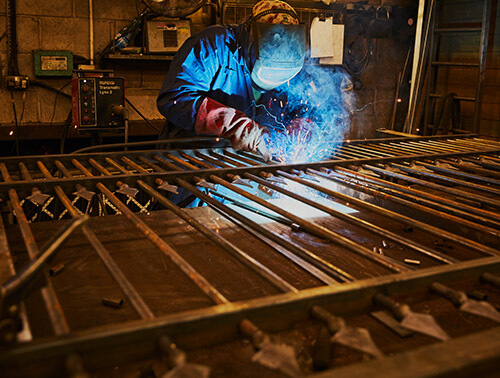Our other sites:
In February 2021, the government launched a consultation into proposed new anti-terrorism legislation protecting the general public. For an overview of the Protect Duty, read our blog post.
After a year in which all major events were cancelled or postponed, everyone was keen to get back to a life resembling normality. But it’s worth noting that the absence of major crowds over the previous 12 months also meant an absence of targets for terrorists. With events now returning, we may see a resurgence in security breaches, and it’s crucial that venues are prepared and alert.
So how do large entertainment venues such as stadiums, festivals, and concert halls ensure their security protocols are aligned with the proposed Protect Duty?
Review your risk assessment
At the start of the COVID-19 pandemic, all large venues had to carry out risk assessments with regard to the virus. These resulted in significant changes to the ways in which such venues can operate upon re-opening – including the implementation of one-way systems, social distancing, increased ventilation, sanitation points, and protective screens.
With these in place, venues were ready to welcome visitors once green-lighted by the government, but it’s likely that as a result, any pre-existing anti-terror risk assessments are now out of date. Organisations and venues should therefore undertake a new assessment, taking into account the current security climate. The pandemic and social distancing might also have impacted potential terrorists’ intentions and capabilities, so venues should be mindful of this.
What are the high-risk areas?
Below are some of the most common flash points for security breaches:
Queues
As large numbers of people wait in line outside big venues, they present a target for vehicle attacks. With social distancing, queues are likely to be longer, taking up more space, so layout and vehicle security barriers should be considered to minimise risk.
Backstage areas
Although security guards will most definitely be watching backstage entrances at festivals and concert venues, those spaces tend to be reasonably quiet once you’re in. This means that if an intruder does manage to slip past a guard undetected, they can easily ‘work’ undisturbed and unnoticed.
Ways to mitigate this include installing CCTV in walkways, having regular patrols through quiet spaces, and also by making each member of staff and performers aware of what to do if they see any suspicious behaviour.
Access points for deliveries
To run a venue or festival efficiently, you should have enough space to ensure smooth deliveries. At the same time, the higher the number of access points, the higher the risk that you also get unwanted visitors; when considering gates and gate automation it helps if gates are centrally controlled and closely monitored.
Surrounding roads
There may be multiple roads providing access to your site, and you should know these like the back of your hand. There are two main things to keep in mind here; any shelters or corners that might provide a hiding place en route to the venue, and the threat of vehicle attacks – where would those vehicles be approaching from and what would be vulnerable in the event of a collision?
Public and private areas
It’s crucial to clearly define which spaces on your site are public and which are private. Although those with the intent to commit offences may pay little attention to signage, clear demarcation of spaces means that any members of the public don’t accidentally wander into spaces that are off limits, causing unnecessary distraction for security staff who need to be vigilant at all times.
The perimeter
This is especially crucial at festivals and other large outdoor events, which are often spread across vast spaces and in sparsely populated rural areas. The longer the perimeter, the more work it takes to keep it safe, so make sure you pick fencing that cannot be climbed, and consider the implementation of PIDS.
Effective security
Security requirements should be one of the key considerations at the outset of the planning and design stage of any venue re-opening. If this is done correctly, it should result in more effective and cost-efficient strategies. The risk assessment is what will determine the right strategy for you; first understanding the threat is crucial to forming the response to match.
Weaknesses tempt offenders. A hostile will attempt to identify and exploit any gaps within protective security measures. Multi-layering of measures, such as the CPNI’s (now NPSA) ‘Deter, Detect and Delay’ strategy, is the most robust way to ensure safety in your establishment.
Recommended security measures
PAS 68 is the British standard for impact testing and hostile vehicle mitigation. Choosing products with this certification provides confidence that any fences, bollards and barriers will be effective when used for counter-terrorism purposes. Consider also installing pedestrian turnstiles for queues, as they can cause delays, buying you time to deal with unwanted intruders.
CCTV surveillance and monitoring should be in place at all times, and not just during the events themselves. Especially in the weeks leading up to any major events, make sure you’re monitoring to catch anyone scoping out the site.
‘The last mile’, or the final part of any road leading to a venue, is especially important. Any businesses along the way could be vulnerable to damage in the event of an attack, so they should work together to minimise risk and install measures such as bollards or protect alleyways with gates. At Jacksons Fencing, we installed fencing and gates to protect the industrial estate at Wembley Way leading up to the stadium. Not only will this help to prevent terrorist attacks by removing areas to congregate and hide, but also deter crowds that may have become rowdy during the course of an evening.
Inside the venue, you should ensure that the boundaries between public and private areas are clearly signposted and secure – especially restricted areas. Naturally, you need appropriately trained security personnel to manage access control points, and you should also make sure they are briefed on the specifics of each event. Minimise the number of entrances and exits available, as the more access control points you have, the more chances you are giving to intruders.
When it comes to perimeters, high visibility fencing such as welded mesh is an effective deterrent. Make sure it has good anti-climb properties, tamper-proof fixings, and that it’s transparent enough to allow surveillance through it. This means you will see anybody who is outside or in a location where they are not welcome. Having a Perimeter Intrusion Detection System (PIDS) installed will give you peace of mind that you will be instantly alerted if your security is compromised.
Finally, security also needs to be thought of around car parks. It’s not just about fencing, gates and traffic arm barriers – automatic number plate recognition (ANPR) is an efficient way to increase security levels. And don’t forget that cars should always be at least 30 metres away from the main building to minimise the risk of vehicle-borne improvised explosive devices (VBIEDs).
It’s not possible to stop all terror attacks, but effective security measures will go a long way to deterring assailants and making it more difficult to plan attacks. To help advise businesses find the right security solutions, at Jacksons Fencing, we are publishing a series of blogs going into detail about the specific needs of different organisations, so keep checking our blog for more advice.
If you’d like tailored recommendations for the best security solution for your business, speak to us today.
Related products
Jacksons Security has a range of products relating to this article, all complete with our 25 year service life guarantee. If you cannot find the item you are looking for, please do not hesitate to call our friendly sales team.
Related Content
Top
